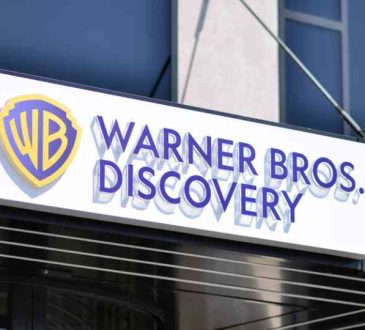Why Communication Is Key for a Successful Merger

This past September, Vox employees learned of their company’s merger with New York Media by reading about it in The New York Times. There was no announcement from leadership or transition plan from human resources, just a report in the news media that left people at both organizations rattled and scrambling for answers.
Employees are a company’s biggest asset. Keeping employees informed about big-picture decisions — especially those that will impact the direction of the company and the daily lives of all employees — isn’t merely a courtesy; it’s a necessity.
Because we live in a world where everyone is bombarded by information through different channels, big news like a merger can’t stay secret for long. That’s why it’s important to be proactive and own the message you want to share with employees before they learn about it from someone else.
Unless your company is fully transparent during a merger, employees will feel like you are withholding information. That creates mistrust and anxiety, leading to disengagement and attrition. Robust internal communication during times of transition, on the other hand, creates trust and drives loyalty — both essential for retaining top talent in today’s market.
Given that up to 90% of mergers and acquisitions ultimately fail, strong internal communication is crucial. It avoids the potential loss of key employees who might be afraid of their future due to the lack of information, and it fills in the gaps that would otherwise make space for toxic rumors or gossip that undermine company culture. It creates trust with the employees, who will then support their organizations in any possible way to achieve a successful outcome.
Communication is the glue that holds everything together, and a robust communications strategy can often be the difference between a botched merger and a well-planned union. To better communicate with employees before and during a merger, consider following these three strategies
Create a central communications channel
Before the merger, make sure there’s one central channel that reaches everyone in real-time. If one doesn’t exist, create it. That way, different groups aren’t hearing things at different times or from different sources.
Leverage mobile technology to make this happen. We depend on our phones for nearly everything these days, and a mobile app or messaging service allows for immediate updates. It also gives employees a way to ask questions and check for answers. Keeping employees informed through an internal, secure channel that is accessible from different platforms — laptops, tablets, phones — is key.
Make sure the channel is active before you announce the merger. From there, you can point employees to your central mobile source so that they can find all the information they’ll be looking for.
Allow for both top-down and bottom-up communication.
At the most successful companies, information flows freely between different levels. Top-down communication from the C-suite — newsletters, memos, and old-fashioned town hall meetings — is best used to convey big-picture strategy and goals, while mid-level communication is appropriate when you have colleagues at different locations and need to provide updates on coordination.
At the ground level, however, is where the bulk of the communication in your company takes place. It’s the one-on-one talks and small group interactions where the actual work of the organization gets done, so it’s critical that executives consider the feedback originating here during the course of a merger. Leverage and moderate the channels you control so that everyone feels safe. This will allow you to create a culture of trust.
Despite the ample information that you supply to your team, there will still be many questions. Give your people an open forum to ask these questions — and be sure to give direct responses. When communication takes place openly within the organization, it cuts down on the chances that people will turn to social media to vent their frustration.
Celebrate with events that align everyone to the new core values and vision.
A merger is the birth of a new company, and this should be celebrated in order to create the right environment. Involve all the teams — and potentially your employees’ families — in events that align with the new company culture. You can also use this time to unveil and give away your new company’s swag. You might even take the opportunity to tie those events to social responsibility initiatives that show your community and your customers that you care.
Don’t stop at parties and charitable events. Carve out time for collaboration on your new company’s vision so that everyone can participate in shaping the organization for years to come. That way, more people can be welcomed into the merger process and made to feel like they’re part of it. Throughout these activities, make sure leaders are present. Their visibility and accessibility will help create feelings of cohesion.
Mergers are complicated — and not merely for the people sealing the deal. Before, during, and after the process, be transparent with employees through specific communication platforms. Once the process is complete, the communication channels you opened will help celebrate the occasion and build unity while providing avenues for ongoing feedback on the new company. The companies that are proactive in this process are usually the ones that succeed.
Add CEOWORLD magazine to your Google News feed.
Follow CEOWORLD magazine headlines on: Google News, LinkedIn, Twitter, and Facebook.
This report/news/ranking/statistics has been prepared only for general guidance on matters of interest and does not constitute professional advice. You should not act upon the information contained in this publication without obtaining specific professional advice. No representation or warranty (express or implied) is given as to the accuracy or completeness of the information contained in this publication, and, to the extent permitted by law, CEOWORLD magazine does not accept or assume any liability, responsibility or duty of care for any consequences of you or anyone else acting, or refraining to act, in reliance on the information contained in this publication or for any decision based on it.
Copyright 2024 The CEOWORLD magazine. All rights reserved. This material (and any extract from it) must not be copied, redistributed or placed on any website, without CEOWORLD magazine' prior written consent. For media queries, please contact: info@ceoworld.biz
SUBSCRIBE NEWSLETTER








